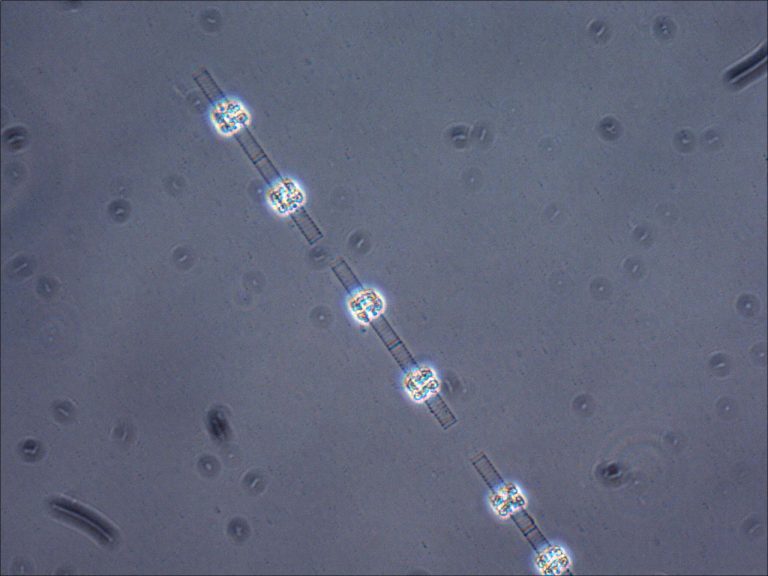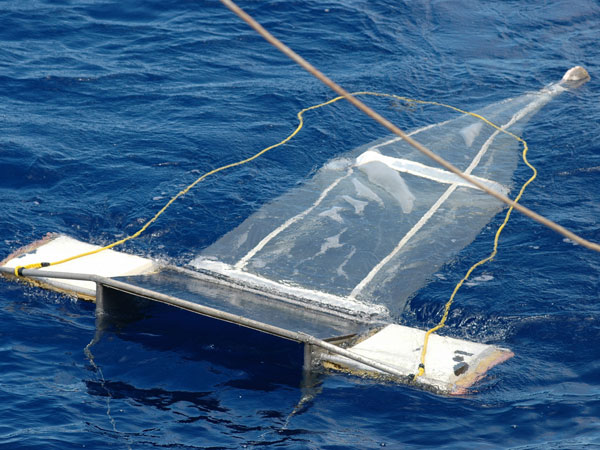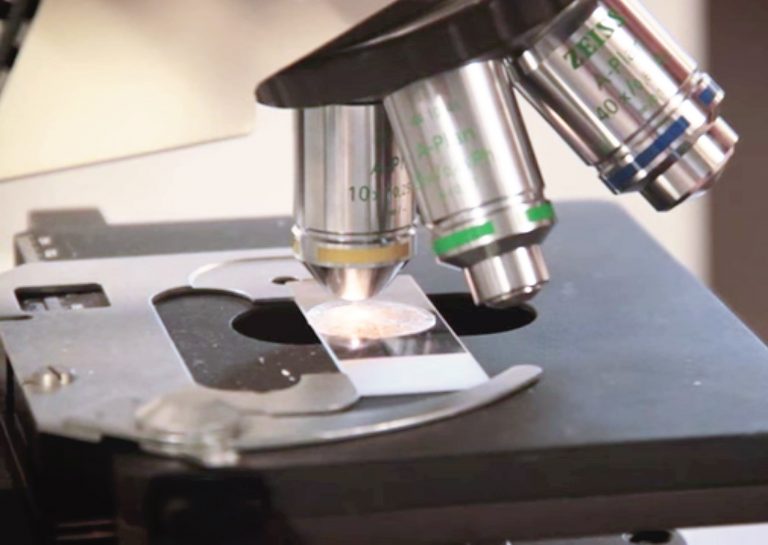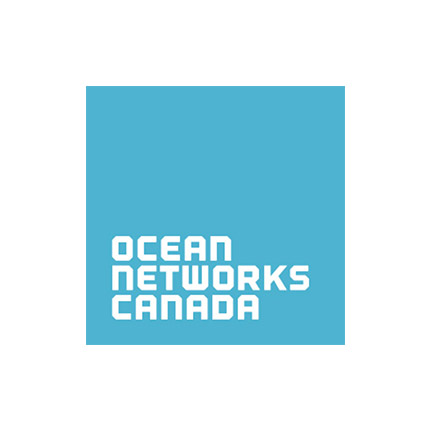We will need to keep R/V Falkor at the dock for a few more weeks to work through some unplanned technical engineering issues. This unfortunately means that Falkor will not be headed into the Gulf of Alaska
Plastic pollution of the ocean is an ever increasing problem, but until recently scientists were unsure if broken-down plastic affected the deep sea. Microplastics are plastic particles created purposefully at a microscopic size or, more commonly, broken down from larger plastic items over time. Microplastics have been called one of the least understood forms of ocean pollution, as well as one of the most hazardous. New studies have shown evidence of this, but the extent and how microplastics affect deeper ecosystems are still unknown. In June, Falkor will travel from Oregon up to the Alaskan Gulf on an expedition led by Dr. Daniela Zeppilli from IFREMER (the French Institute for Research and Exploitation of the Sea) to better characterize organisms in this region and determine the extent microplastics can be found in these deep systems. Using new genetics techniques, scientists, will examine some of the smallest particles in the “Abyssal Plain,” a deep sea geologic ecosystem that ranges from 3,000 – 6,000 meters below the ocean’s surface.
Studying Biodiversity in the Abyssal Plains
 The Abyssal Plain is considered the largest ecosystem on Earth and a major setting for vast amounts of biodiversity. The deep sea is full of life with a wide ranging number of species; however, we know very little about them. We can not begin to protect these organisms until we are able to characterize and understand their diversity. Using Environmental DNA (eDNA), the science party will be able to study the genetic make-up of a variety of species found in this environment. Amazingly, they will do this without directly obtaining genetic material, creating the ability to study organisms that are elusive or endangered without introducing stress on the organism. This technique has been established in shallow regions; however, this will be one of the first times scientists use this method in the deep sea. If successful, these techniques will provide a new way of describing and finding diversity. Access to this information will make a critical contribution to understanding population dynamics for species not well documented.
The Abyssal Plain is considered the largest ecosystem on Earth and a major setting for vast amounts of biodiversity. The deep sea is full of life with a wide ranging number of species; however, we know very little about them. We can not begin to protect these organisms until we are able to characterize and understand their diversity. Using Environmental DNA (eDNA), the science party will be able to study the genetic make-up of a variety of species found in this environment. Amazingly, they will do this without directly obtaining genetic material, creating the ability to study organisms that are elusive or endangered without introducing stress on the organism. This technique has been established in shallow regions; however, this will be one of the first times scientists use this method in the deep sea. If successful, these techniques will provide a new way of describing and finding diversity. Access to this information will make a critical contribution to understanding population dynamics for species not well documented.
How The Data and Samples will be Gathered

The science team will conduct surveys at specific sampling stations along the Alaska Gulf. Using a Manta trawl – a net system with metal wings and a broad mouth that resembles a manta ray – they will sample for floating plastics. A multicorer will also be used to collect sediment samples for eDNA to better understand species in the deep sea and identify the prevalence of microplastics in their ecosystem. eDNA is DNA collected from a broad environment instead of an individual organism. When species interact with and move through the ocean environment, they leave behind DNA in various forms, such as feces or skin, which settles into the ocean floor. The samples are analyzed with a DNA sequencing method called metagenomics (sampling many species at once) for rapid measurement and monitoring of biodiversity. In order to better differentiate between organisms within a sample, DNA metabarcoding is used, referencing previously studied DNA libraries to determine what organisms are present.
Scientific Trailblazing
 This research will result in a new understanding of the biodiversity present in these Abyssal Plains. The science team will report on the interaction of deep-sea microorganisms and other small benthic invertebrates with microplastics through both in-situ and off-site experiments. The scientists hope to gather a representative set of samples to be used for a worldwide dataset. Additionally, they will search for a better understanding of how plastic pollution is affecting deep-sea ecosystems, and possibly impacting broader ocean health.
This research will result in a new understanding of the biodiversity present in these Abyssal Plains. The science team will report on the interaction of deep-sea microorganisms and other small benthic invertebrates with microplastics through both in-situ and off-site experiments. The scientists hope to gather a representative set of samples to be used for a worldwide dataset. Additionally, they will search for a better understanding of how plastic pollution is affecting deep-sea ecosystems, and possibly impacting broader ocean health.
.





